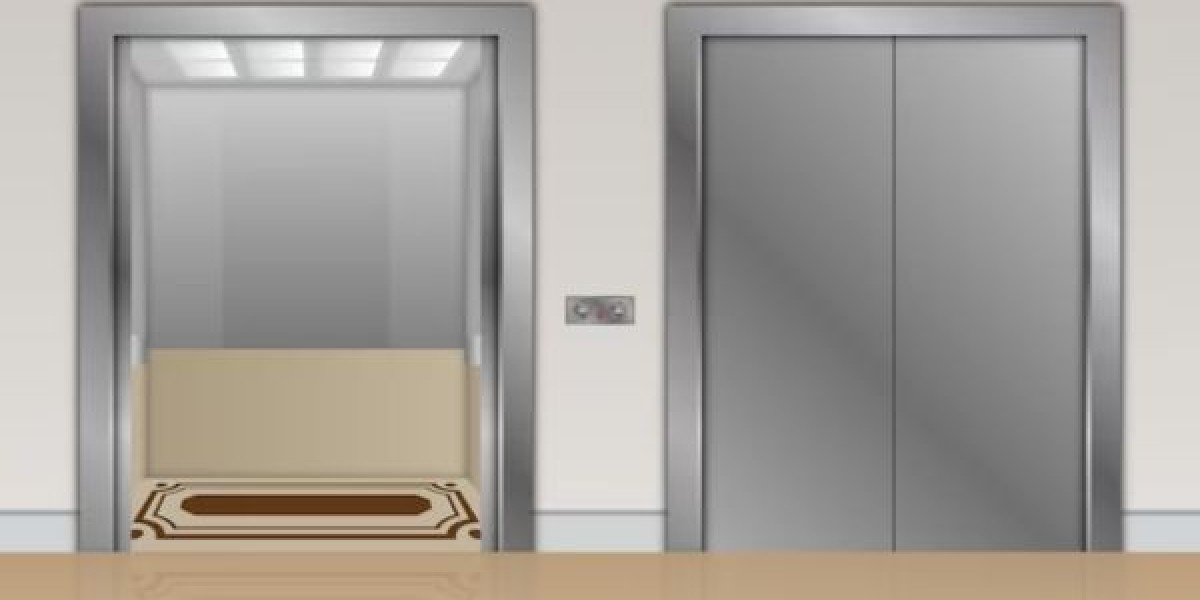A hospital lift is a specialized type of elevator designed to transport patients, medical staff, and equipment within healthcare facilities. These lifts are integral to the smooth functioning of hospitals, allowing for the easy and efficient movement of people and materials between different floors. Hospital lifts are built to meet the unique needs of healthcare environments, including the transportation of patients who may be in critical conditions or confined to stretchers or beds. Their design and functionality ensure that they provide a safe, comfortable, and efficient means of vertical transportation.
Types of Hospital Lifts
Hospital lifts come in various types to meet specific requirements.
1. Passenger Lifts
These are the most common types of lifts used in hospitals. Passenger lifts are designed to carry people between floors. They can accommodate medical staff, patients, and visitors, and are often larger than standard elevators to ensure comfort and safety. They are equipped with features like wide doors and low-entry thresholds to assist people with mobility issues.
2. Stretcher Lifts
Stretcher lifts are specifically designed to transport patients on stretchers or beds. They feature larger cabins to accommodate stretchers and other medical equipment. These lifts are essential in hospitals where patients need to be moved between wards, operating rooms, or diagnostic areas.
3. Service Lifts
Service lifts are designed to carry medical equipment, supplies, and food between floors. These lifts play a crucial role in maintaining the efficiency of hospital operations. They are typically used for the movement of non-patient related items, reducing congestion in passenger lifts and helping streamline hospital workflows.
4. Bed Lifts
Bed lifts are designed to transport patients on hospital beds. They are essential for moving patients to different areas of the hospital, such as ICUs or operating rooms. Bed lifts are often larger and specially designed to ensure that patients remain safe and comfortable during transportation.
Key Features of Hospital Lifts
Hospital lifts are equipped with various safety and operational features to ensure their smooth functioning and the safety of their passengers.
1. Wide and Spacious Interiors
Hospital lifts are designed with ample space to accommodate stretchers, beds, and wheelchairs, ensuring that patients and medical staff can move easily. The large cabins allow for the safe transport of medical equipment alongside patients.
2. Emergency Features
Hospital lifts are equipped with several emergency features, including backup power systems, emergency alarms, and communication systems. These features ensure that the lift remains functional even during power outages or other emergencies, allowing for the safe evacuation of patients and medical staff.
3. Safety and Accessibility
Accessibility features, such as low-entry thresholds, easy-to-use control panels, and adequate lighting, are important in hospital lifts. Additionally, safety sensors prevent the doors from closing on passengers, and the lift's systems are designed to prevent overload.
The Role of Hospital Lift Manufacturers and Maintenance Services
When it comes to the installation and upkeep of hospital lifts, Hospital Lift Manufacturers and Maintenance Services play a critical role. These professionals ensure that the lifts are designed to meet the specific needs of healthcare facilities and are installed in compliance with all safety regulations. Additionally, these services provide ongoing maintenance to ensure the lifts function properly, reducing downtime and preventing safety issues.
Maintenance and Servicing
Hospital lifts require regular maintenance to ensure they operate efficiently and safely. Hospital Lift Maintenance Services focus on inspecting and servicing the lifts to prevent malfunctions. Regular checks, lubrication of mechanical components, safety audits, and system updates are just a few of the services provided to ensure the lifts stay in optimal working condition.
For example, Hospital Lift Maintenance Services in Delhi NCR offer tailored solutions for hospitals in the region, ensuring that lifts are serviced regularly and are in compliance with all necessary safety regulations. Similarly, hospitals in Noida and across India also rely on Hospital Lift Maintenance Services in Noida and Hospital Lift Services in India to ensure their systems are always functioning optimally.
The Importance of Timely Maintenance
Regular maintenance is crucial to avoid unexpected breakdowns and ensure the safety of patients, staff, and visitors. Hospital Lift Maintenance Services in India emphasize the importance of preventive maintenance, which includes inspecting cables, pulleys, doors, and emergency features. Timely servicing reduces the risk of downtime and ensures the hospital's lift systems are always ready for use.
Hospital lifts are vital components of healthcare facilities, ensuring the efficient movement of patients, staff, and equipment. With their specialized design and safety features, hospital lifts are crucial for maintaining the operational efficiency of hospitals and ensuring the safety and comfort of patients. The role of Hospital Lift Manufacturers and Maintenance Services is essential in both the installation and ongoing maintenance of these lifts, helping hospitals meet safety regulations and ensuring continuous, reliable operation. Through regular maintenance and expert services, healthcare providers can ensure that their lift systems are always ready to serve the needs of their patients and staff.








